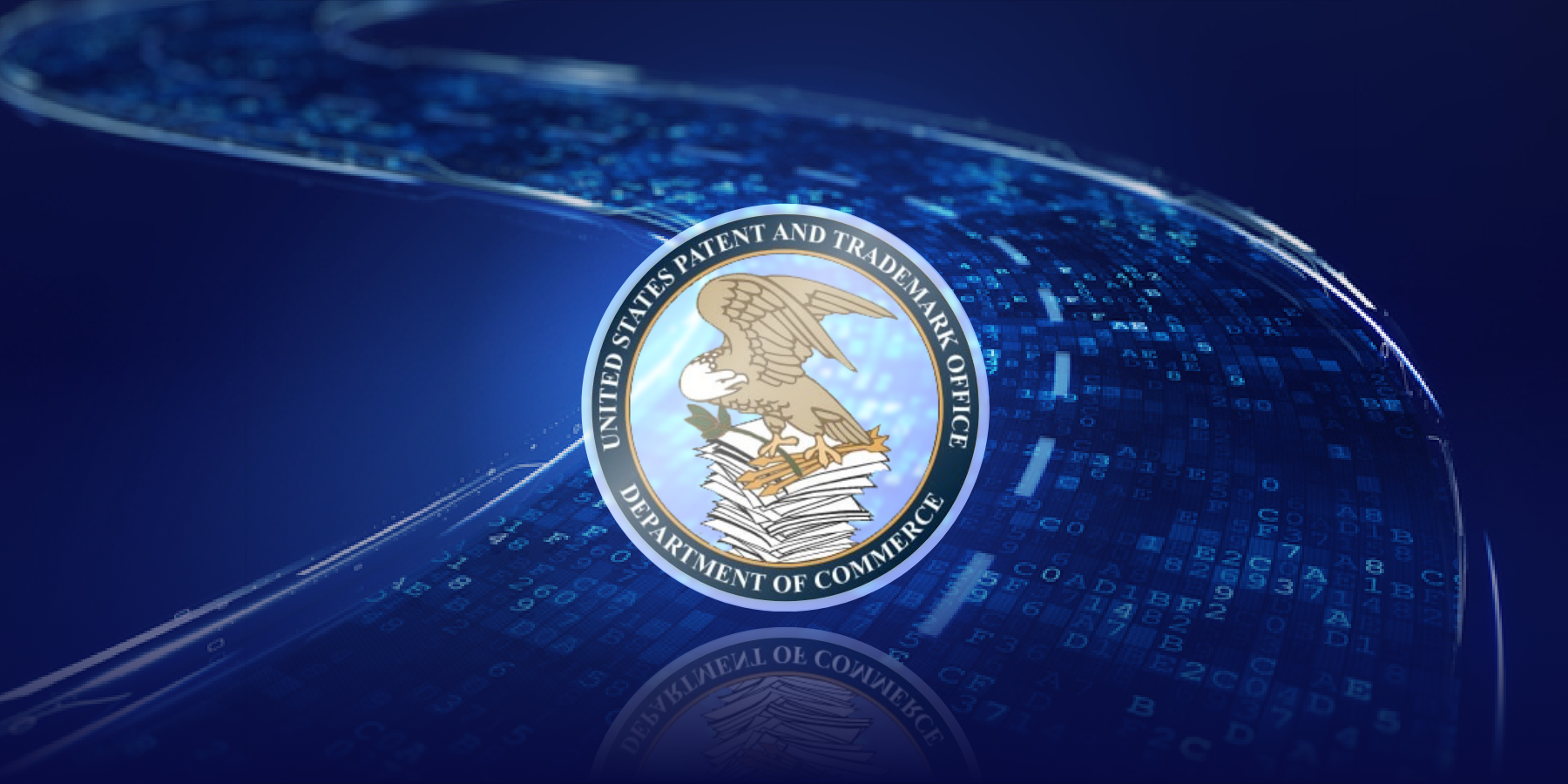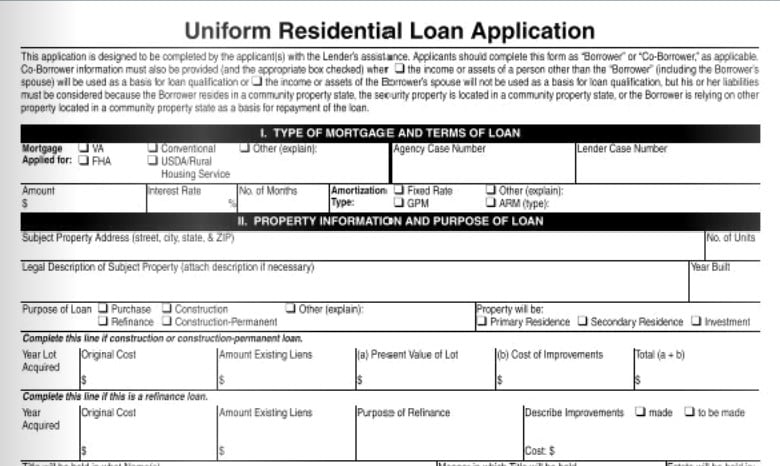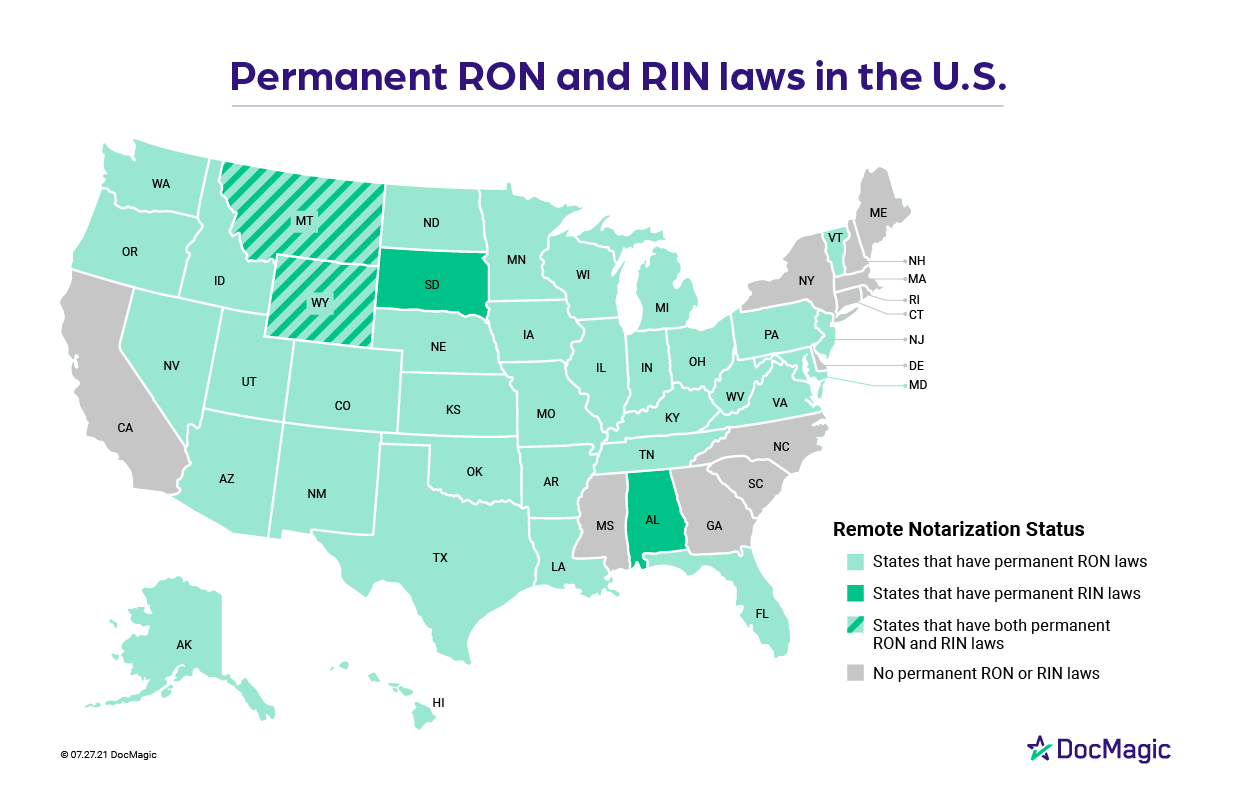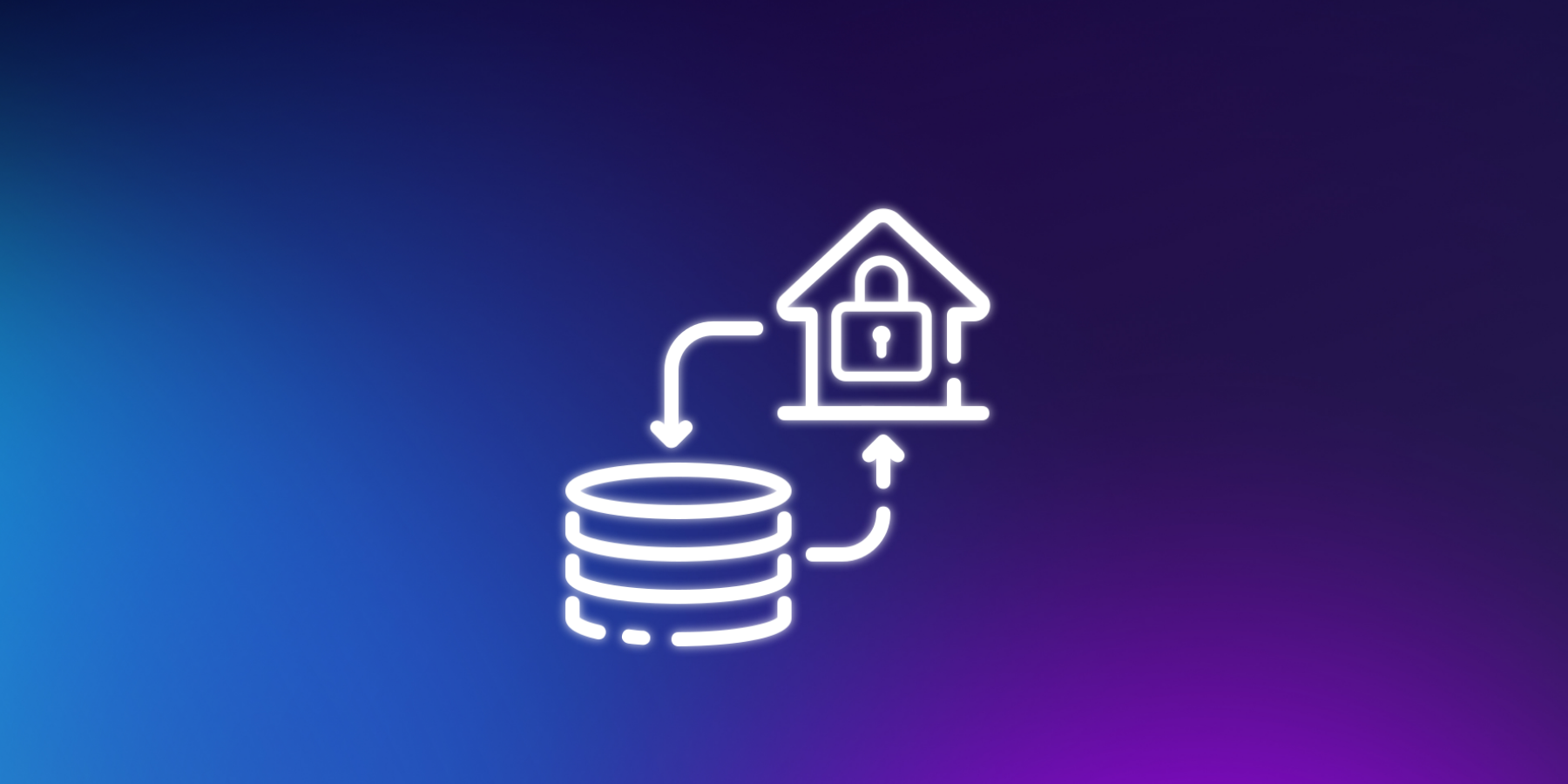The lender’s guide to delivering investor-ready eNotes
The transition from paper notes to electronic promissory notes (eNotes) has accelerated across the mortgage industry, driven by efficiency, compliance and cost benefits. As of September 2025, more than 2.7 million unique eNotes were registered on the MERS® eRegistry, underscoring the scale of digital collateral already in circulation. And according to Fannie Mae’s Q2 2025 lender sentiment survey, 22 percent of lenders report they currently use eNotes, with another 62 percent expecting to adopt them within the next two years.
Yet the success of an eNote strategy hinges on one critical factor: whether your investors are ready and willing to purchase them. To ensure eNotes are investor-ready, lenders must adopt the MISMO SMART Doc® format, integrate with a MERS-compliant eVault and understand the role of the MERS eRegistry. Just as important, you need proactive communication with your trading partners to align on readiness, technical requirements and registration processes.
This blog outlines four key steps lenders should take to ensure their eNotes meet investor expectations and deliver maximum value.
1. Adhere to MISMO SMART Doc standardThe first requirement for investor acceptance is compliance with the MISMO SMART Doc format, the industry standard for eNotes. Unlike static PDFs, SMART Docs contain XML data that ensures accuracy, consistency, and interoperability.
Fannie Mae and Freddie Mac will only purchase eNotes in this format. While other investors may still be developing their capabilities, aligning your process with the SMART Doc standard ensures you are ready to deliver to the broadest base of buyers.
Adhering to MISMO® standards also improves data quality— reducing the risk of errors, accelerating certification, and building investor confidence.
For more detail on how DocMagic® supports MISMO SMART Docs, see the Document Generation page.
2. Use a MERS-compliant eVaultAn eNote is only as secure as the system that stores it. Lenders must partner with a MERS-compliant eVault provider to ensure their digital notes remain authoritative, tamper proof, and transferable.
DocMagic’s SmartSAFE® eVault is designed to store, transfer, and manage electronic loan files, including eNotes and other digital assets. It connects directly with the MERS eRegistry, supports all industry formats, and maintains complete audit trails.
When evaluating eVaults, lenders should consider how easily the system integrates with their loan origination system (LOS) and eClosing platform, whether it provides strong encryption and audit capabilities, and if it can scale with growing digital volumes. SmartSAFE offers these features along with automated reporting and real-time control of eNote assets.
3. Leverage the MERS eRegistry as your chain-of-custody systemThe MERS eRegistry is the system of record for identifying the authoritative copy of an eNote. It serves as the digital equivalent of a chain of custody for paper notes.
Registering an eNote in the eRegistry establishes your organization as the Controller, or holder, of the note. As the eNote is transferred to warehouse lenders, investors, or servicers, the eRegistry records each change in control and location.
Fannie Mae, Freddie Mac, Ginnie Mae and the Federal Home Loan Banks all require registration in the eRegistry. Without it, your eNotes cannot be delivered to these investors.
DocMagic’s SmartSAFE with SmartREGISTRY™ supports automated registration, transfer, and status tracking. For more information, review DocMagic’s solution handout.
4. Engage early (and often) with investorsEven with the right technology in place, successful eNote adoption depends on investor engagement. The earlier you involve your trading partners, the smoother your rollout will be.
Start by asking if they currently accept eNotes, which loan types are eligible, and which eVaults they support. Clarify their requirements for registration and transfer with the MERS eRegistry and whether they allow direct registration or prefer a Broker or Delegatee relationship. Ask about their timeline for broader adoption and how they view hybrid eClosings and remote online notarization (RON).
These conversations reveal investor readiness and help you adjust your processes accordingly. They also set expectations around delivery and post-closing procedures.
A payoff worth the journey
The mortgage industry’s digital transformation is well underway. eNotes are no longer optional; they are becoming the standard for speed, compliance, and efficiency.
Switching to eNotes impacts workflow, delivery speed, and, potentially, pricing. Investor certification that once took weeks with paper notes can now be completed in minutes. DocMagic enables automated certification almost immediately after submission. Post-closing teams benefit as well, since digital processes reduce manual scanning, document handling, and verification.
Some investors also offer pricing incentives for eNotes. Secondary marketing teams should review execution options carefully to identify where digital delivery improves financial outcomes. Faster acceptance times, lower costs, and reduced risk of lost notes all contribute to stronger relationships with trading partners.
Finally, investor readiness still varies across warehouse lenders, correspondent investors, and aggregators, so building strong relationships and maintaining clear communication can make all the difference. Discuss your business model and eNote strategy with business partners up front, including your goals and expected volumes. If needed, offer to educate partners on the compliance, security, and efficiency of digital collateral. These efforts position your organization as a forward-thinking partner while ensuring smoother transactions today.
By aligning with MISMO standards, leveraging secure eVault technology like SmartSAFE, connecting with the MERS eRegistry, and fostering investor relationships, lenders can ensure their eNotes are not only compliant but also attractive to buyers.
Let us digitally transform your mortgage process for increased efficiency and ROI. See how by scheduling a demo today.
Topics from this blog: eNotes eVault
BackSearch the Blog
- Recent
- Popular
- Topics










List By Topic
- Compliance (100)
- eClosing (85)
- eSign (71)
- Awards (70)
- Integrations (57)
- Industry Publications (52)
- Total eClose (44)
- eNotes (33)
- Remote Online Notarization (31)
- Document Generation (30)
- eDisclosures (25)
- GSEs (18)
- eVault (18)
- eNotary (16)
- SmartCLOSE (13)
- LoanMagic (12)
- eDelivery (11)
- Philanthropy (8)
- Partnerships (7)
- AutoPrep (3)
- Industry Insight (3)
Subscribe Here
Download the Truliant Federal Credit Union Case Study
Truliant took several key steps to refine its 100% digital eClosing process — including finding the right technology partner.
